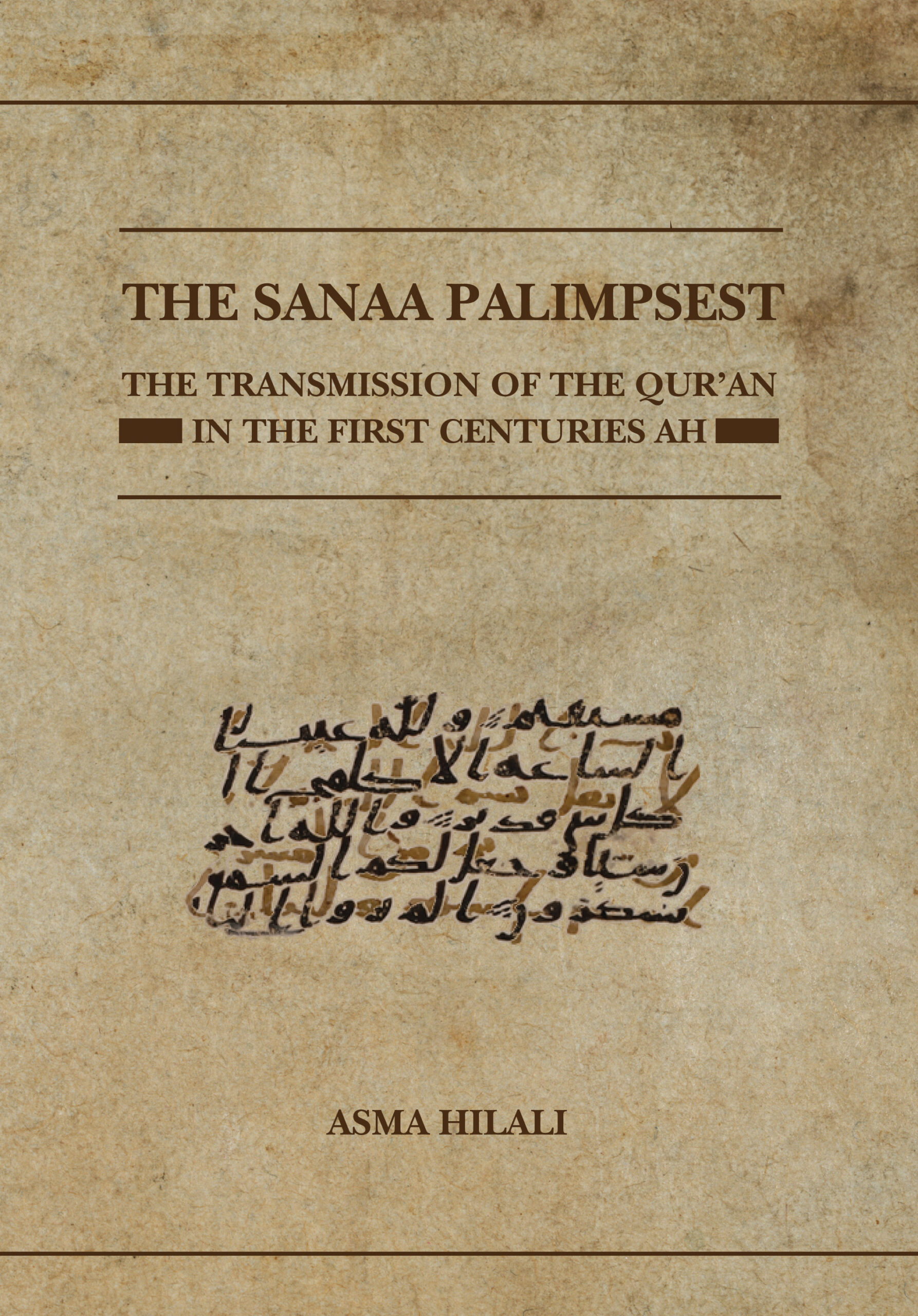This volume provides a new annotated edition of the two layers of the ‘Sanaa palimpsest’, one of the oldest Qur’an(also Koran. Arabic term meaning, ‘recitation’ or ‘scripture’): Muslims believe that the Holy Qur’an contains divine revelations to the Prophet Muhammed received in Mecca and Medina over a period of… More manuscripts yet discovered, together with a critical introduction that offers new hypotheses concerning the transmission of the Qur’an during the first centuries of Islam. The palimpsest contains two superimposed Qur’anic texts within two layers of writing, on thirty-eight leaves of parchment collectively numbered MS 01-27.1 in the Dār al-Makḥṭūṭāt (lit. ‘the House of Manuscripts’) in Sanaa, Yemen. The palimpsest’s lower text, which has been dated to the first century of Islam (seventh century CE), was subsequently erased and the parchment was later reused for writing another Qur’anic text, which remains visible in natural light. This upper text is thought to date from the second century of Islam (eighth century CE). The two layers were imaged in 2007 by a French-Italian mission.
Both Qur’anic texts are fragmented and present aspects of work in progress. In its lower layer, the manuscript offers the oldest witness of a reading instruction in a Qur’an text and perhaps even in any Arabic text. Such peculiarities offer rare evidence as to how the Qur’an was transmitted, taught and written down in the first centuries of Islam. In this book, Asma Hilali presents an annotated edition of the texts, together with a critical introduction. These contextualise the volume within the field of Qur’an manuscript studies, and engage with the historical and institutional contexts of transmission of the Qur’anic passages. The volume also makes systematic reference to previous studies and partial editions of the same manuscript.
Lists
Note on Transliteration, Conventions and Abbreviations
Preface
Acknowledgements
Part I: The Sanaa Palimpsest: History and Text
1: Palimpsests and the Study of the Sanaa Palimpsest
I: Palimpsest Studies
II: Studies on Qur’an Manuscripts
2: The Sanaa Palimpsest: The Text and Its Usage
I: Formal Description
II: Lower Text: The Lower Text and the Teaching Circle
III: Upper Text: A Work in Progress?
Part II: The Sanaa Palimpsest: Annotated Edition
Guide to the Edition
I: Annotated Edition of the Lower Text
II: Annotated Edition of the Upper Text
Appendix I: Folios Included in the Edition and Corresponding Qur’anic References
Appendix II: Variants and Variations in the Sanaa Palimpsest
Bibliography
Index of Qur’anic Citations
General Index
‘Asma Hilali’s reconstruction of the Sanaa Palimpsest affords a privileged glimpse into the most fundamental aspect of qur’anic studies: the recovery of very early fragmented (and often indecipherable) texts. … Though hers is a highly technical study, Hilali writes with such clarity… that even non-specialists will find it useful, and, indeed, fascinating.’
– Eric Ormsby, Times Literary Supplement
Asma Hilali is a Research Associate at The Institute of Ismaili Studies. She gained her PhD from l’École Pratique des Hautes Études, Paris. She has worked in various research centres in Germany, France and the United Kingdom. Her main interest is related to the transmission of religious literature in early and mediaeval Islam, and the issues of how religious texts were used and what impact this use had on their forms and contents.

